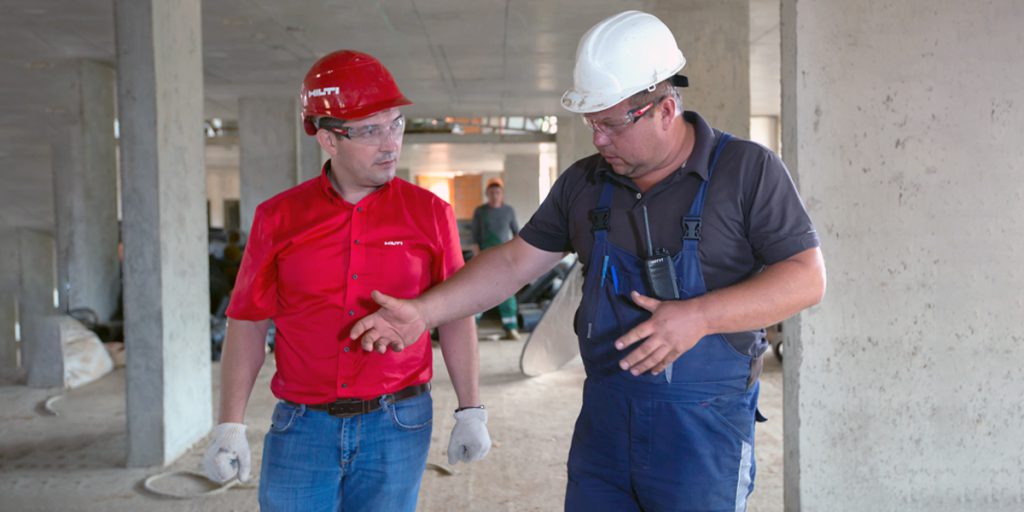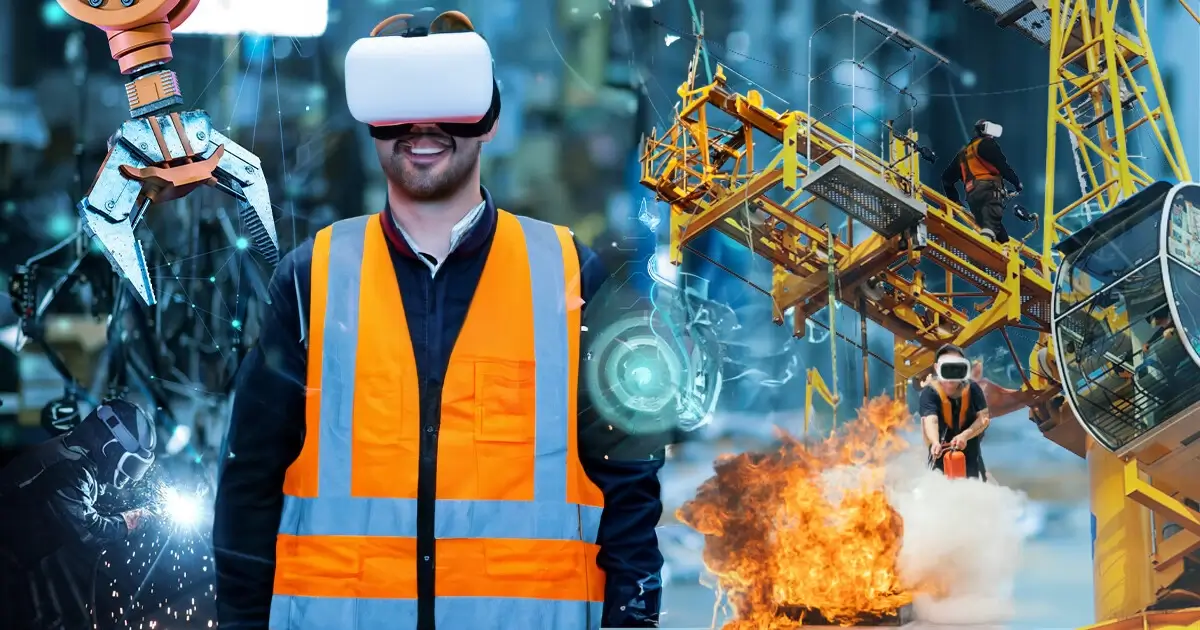
Safety induction training is the first stage in the process of ensuring that new employees are aware of the dangers and safety risks present in their workplace. Here, visitor safety induction and compliance obligations are addressed, and training is given to new hires to ensure their safety at work right away.
Creating and delivering a safety induction training that results in an employee being engaged, productive, aware of systems and procedures, and comprehending hazards is a problem that organizations must overcome.
Due to its monotonous delivery, legalistic substance, and low engagement, safety induction training frequently causes employees to grow accustomed to it.
A new hire might have finished several safety orientations where the first thing that comes to mind is, “How quickly can I finish this training?”
What Aspects Of Safety Induction Should You Cover?
In order for new workers to act in a way that doesn’t risk themselves or others, a good safety induction for visitors requires educating them on the hazards they are likely to experience while working. Additionally, the HSE induction for visitors should make sure that employees are aware of their obligations in terms of health and safety.
To be effective, safety induction training must cover the particular problems that employees will run across at work. Instead of generic hazards, the information should include task-specific and current risks.

What occurs if a safety induction is skipped?
When you ignore this crucial stage of integrating a new employee, supplier, contractor, or visitor, the consequences for any site, project, or workplace may be disastrous.
Following is a list of the key topics that safety inductions ought to cover:
Interactive training improves employee learning
The most practical, easy, and economical approach to manage employee health and safety training is to conduct visitor induction construction sites online.
Online instruction should not, however, be classroom instruction that has been transferred online. Ownership, participation in the process, and relevance are necessary for learners. As a result, an instructional interaction will be created that directs and embeds knowledge so that it becomes embedded during following work practices.
Because new hires are from a tech-savvy generation, safety training delivery is changing quickly. Because of their increased daily use of smartphones, gaming consoles, social media, and real-time relationships with peers around the world, they want engaging, pertinent safety instruction.
This generation does not receive training as passively as other generations have, such as through classroom discourse and chalk.
Making compelling learning experiences that use virtual technology and digital sites is more important than ever. It has been demonstrated that proactive hazard identification learning exercises in safety induction for visitors can entrench information and greatly minimize workplace accidents and injuries.
Making Use of Technology
Don’t worry if you’re not ready for role-playing in virtual worlds; you may still receive your safety induction training online using methods like 360-degree photographic panoramas of actual work places, films, and micro-learning.
Your safety induction training can be created by Tech-EHS animation studio for you to utilize online, on tablets, or in your classroom instruction.
Additionally, you can create different iterations of your online visitor safety induction to address the needs of general employees, visitors, contractors, or people working in specific sites, areas, or roles.
If a worker’s employment involves high-risk activities like operating machinery or handling dangerous materials, it’s crucial that they receive the necessary training, be aware of any potential dangers, and have access to the right personal protective equipment.
Reviewing the safety Induction Training
In essence, low-risk settings, like offices, it might not be crucial to gauge how well-informed and understood new hires are of the visitor induction content.
It is crucial to confirm that new hires fully understand what is expected of them in terms of safety the more hazardous the situation.
The manager or supervisor closely monitors behaviour to make sure that new hires are acting in accordance with the training manual.
It is crucial that new hires are made aware of the evaluation. Additionally, they should be made aware that failing to meet the minimum standard could force them to repeat training or retake exams, which could eventually affect their safety at workplace.



